Electric sidecar bikes offer instant torque and rapid acceleration ideal for urban environments, but generally have lower top speeds and shorter ranges compared to traditional gasoline sidecar motorcycles. While the electric motor enhances handling stability with smooth power delivery, sidecar weight and aerodynamic drag limit performance on both types.
How Does Acceleration and Torque Differ Between Electric and Gas Sidecar Bikes?
Electric sidecar bikes deliver superior acceleration with instant torque from zero RPM, giving fast starts and excellent low-speed handling despite the sidecar's extra weight. Traditional gas motorcycles build torque gradually as engine RPM increases, resulting in slower initial acceleration but strong performance at higher speeds.
What Are the Top Speed and Range Differences Between These Bikes?
Traditional gas sidecar motorcycles achieve higher top speeds—sometimes exceeding 180 mph—and longer ranges of 150-300 miles, benefiting from gasoline’s high energy density and rapid refueling. Electric sidecar bikes typically max out at lower speeds, around 70-100 mph, with ranges between 70-150 miles, further decreased by the sidecar's added mass and drag.
How Do Refueling and Charging Impact Usability of Sidecar Bikes?
Gas motorcycles can refuel in minutes at many locations, enabling convenience for long-distance rides. Electric sidecar bikes require longer recharging times—from 30 minutes with DC fast charging to several hours with standard methods—necessitating more planning, especially with reduced range from the sidecar’s additional weight.
How Does Handling and Ride Experience Vary Between Electric and Gas Sidecar Bikes?
Electric sidecar bikes benefit from heavy battery packs lowering center of gravity, providing enhanced low-speed stability and easier maneuvering, though riders must adapt to three-wheeled cornering dynamics. Gasoline sidecars have a traditional feel but require more skill to manage complex steering forces altered by the sidecar.
Electric motors also provide quieter, smoother rides with minimal vibration, while gas bikes produce characteristic engine noise and vibration integral to their appeal.
What Are the Maintenance and Ownership Cost Differences?
Electric sidecar bikes have fewer moving parts—no oil changes, spark plugs, or filters—leading to simpler, lower-cost maintenance. Battery replacement every 5–8 years is the main recurring cost. Gas motorcycles demand regular engine servicing, resulting in higher upkeep expenses and fuel costs.
How Do Sidecar Weight and Aerodynamics Affect Performance?
Both electric and gasoline sidecar bikes experience reduced top speed and acceleration due to increased weight and aerodynamic drag from the sidecar. The sidecar adds significant air resistance and inertia, requiring stronger suspension components such as leading-link forks to maintain stability and control.
Which Advantages Do Electric Sidecar Bikes Hold Over Traditional Gas Ones?
Electric sidecar bikes offer instant torque for nimble urban acceleration, zero tailpipe emissions, quieter operation, and reduced maintenance complexity. These features make them attractive for city use and eco-conscious riders wanting sidecar utility without gas-powered drawbacks.
When Is a Gas Sidecar Motorcycle a Better Choice?
Gasoline sidecars are superior for riders seeking high sustained speeds, extensive range, and rapid refueling. They remain the preferred option for long-distance journeys, highway use, and those valuing the traditional motorcycle riding experience with engine sounds and sensations.
Where Can TST EBike’s 26-inch and 27-inch Models Fit In for Sidecar Use?
While not traditional sidecar bikes, TST EBike’s 26-inch and 27-inch electric models provide versatile platforms compatible with sidecar attachments. The 26-inch model suits rugged terrains like snow and sand, while the 27-inch excels at daily commuting and mountain trails, offering adaptable electric power with varied range and handling benefits.
Chart: TST EBike Model Use Cases and Terrain Compatibility
| Model Size | Terrain | Potential Sidecar Suitability |
|---|---|---|
| 26-inch | Snow, sand, rough terrain | Better for off-road or rugged sidecar setups |
| 27-inch | Urban commuting, mountain biking | Ideal for smooth, daily commuting with sidecar |
Buying Tips
When purchasing an electric sidecar bike, confirm the motor power and battery range suit your typical riding conditions. Consider models from trusted brands like TST EBike offering 26-inch and 27-inch options, balancing rugged terrain capability and urban mobility. Prioritize bikes with strong suspension and compatibility with sidecar attachments. Factor in charging infrastructure availability and maintenance needs, avoiding compromises on safety and functionality.
TST EBike Expert Views
"Electric sidecar bikes represent an exciting intersection of performance, utility, and sustainability. At TST EBike, we focus on delivering reliable electric platforms that can be adapted for sidecar applications, addressing both off-road durability with our 26-inch models and urban efficiency with 27-inch designs. Instant torque and reduced maintenance redefine the ride experience, empowering riders to explore new adventures with confidence."
Conclusion
Electric sidecar bikes provide notable advantages in acceleration, maintenance, and environmental impact but fall short of traditional gas motorcycles in top speed and range due to battery limits and sidecar drag. Handling differences require rider adaptation, though electric battery placement can improve stability. TST EBike’s varied models offer excellent foundations for sidecar applications across terrains. Ultimately, the choice depends on usage priorities—urban agility and eco-friendliness versus sustained speed and long-distance practicality.
Frequently Asked Questions
Q: Do electric sidecar bikes accelerate faster than gas ones?
A: Yes, electric motors provide instant torque, enabling quicker acceleration from a standstill.
Q: What limits the top speed of electric sidecar bikes?
A: Battery energy density, added sidecar weight, and aerodynamic drag reduce achievable sustained speeds.
Q: Are electric sidecar bikes cheaper to maintain?
A: Generally, yes. They require less routine servicing but involve costs like eventual battery replacement.
Q: Can traditional sidecar motorcycles exceed electric models in range?
A: Yes, gas motorcycles typically have longer range due to higher fuel energy density and quick refueling.
Q: Which TST EBike models are better for sidecar setups?
A: 26-inch models suit rough terrains, while 27-inch models perform well in urban and mountain environments.

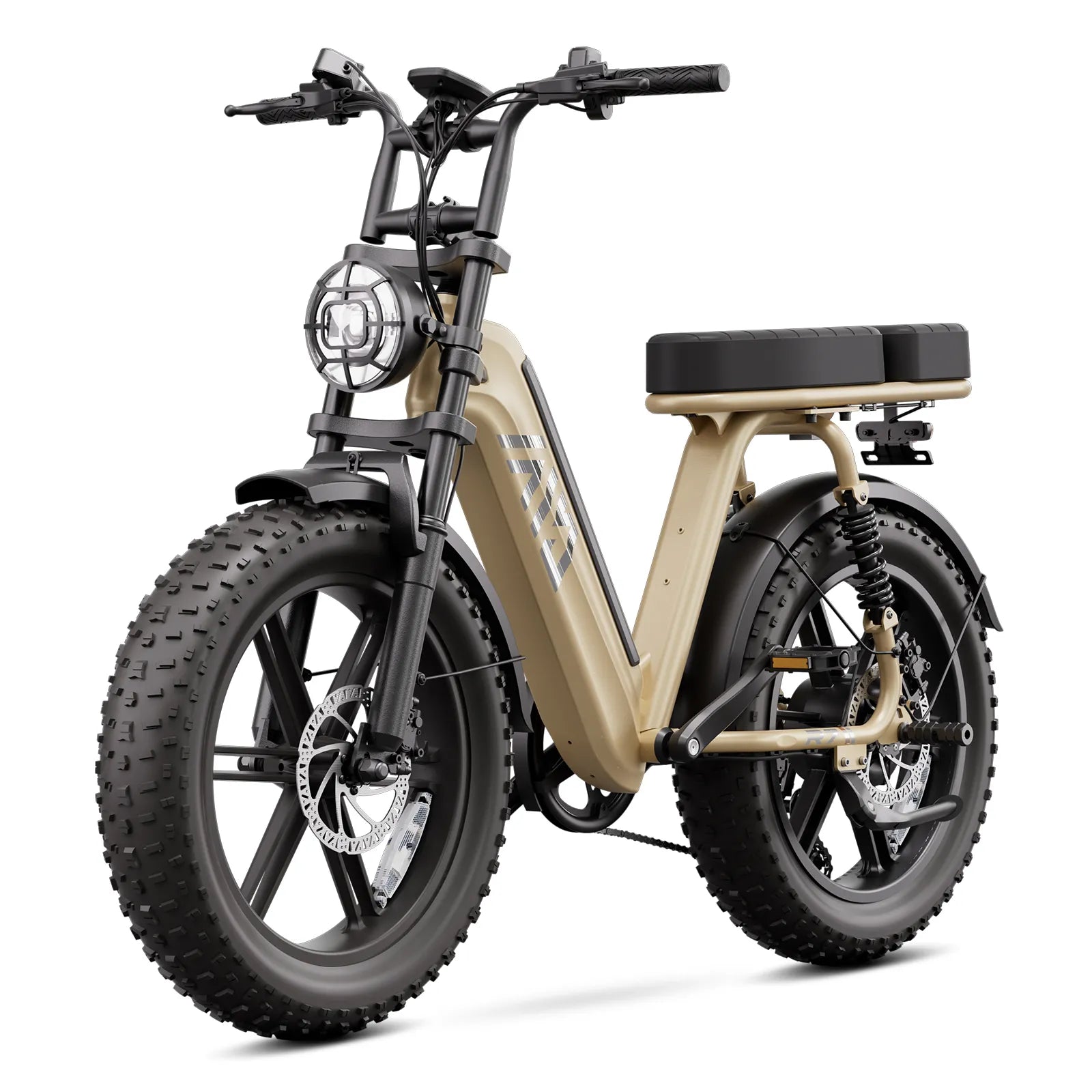
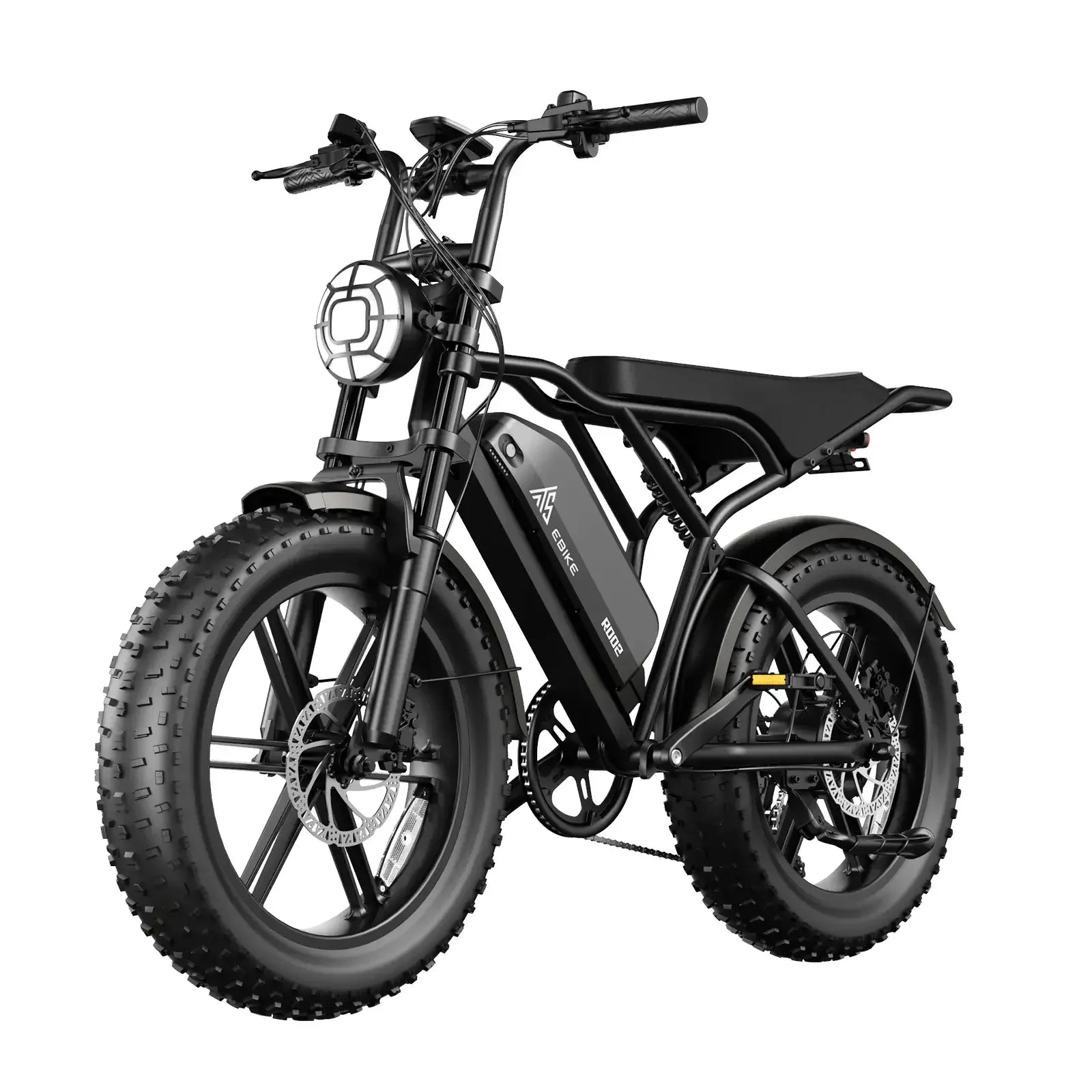

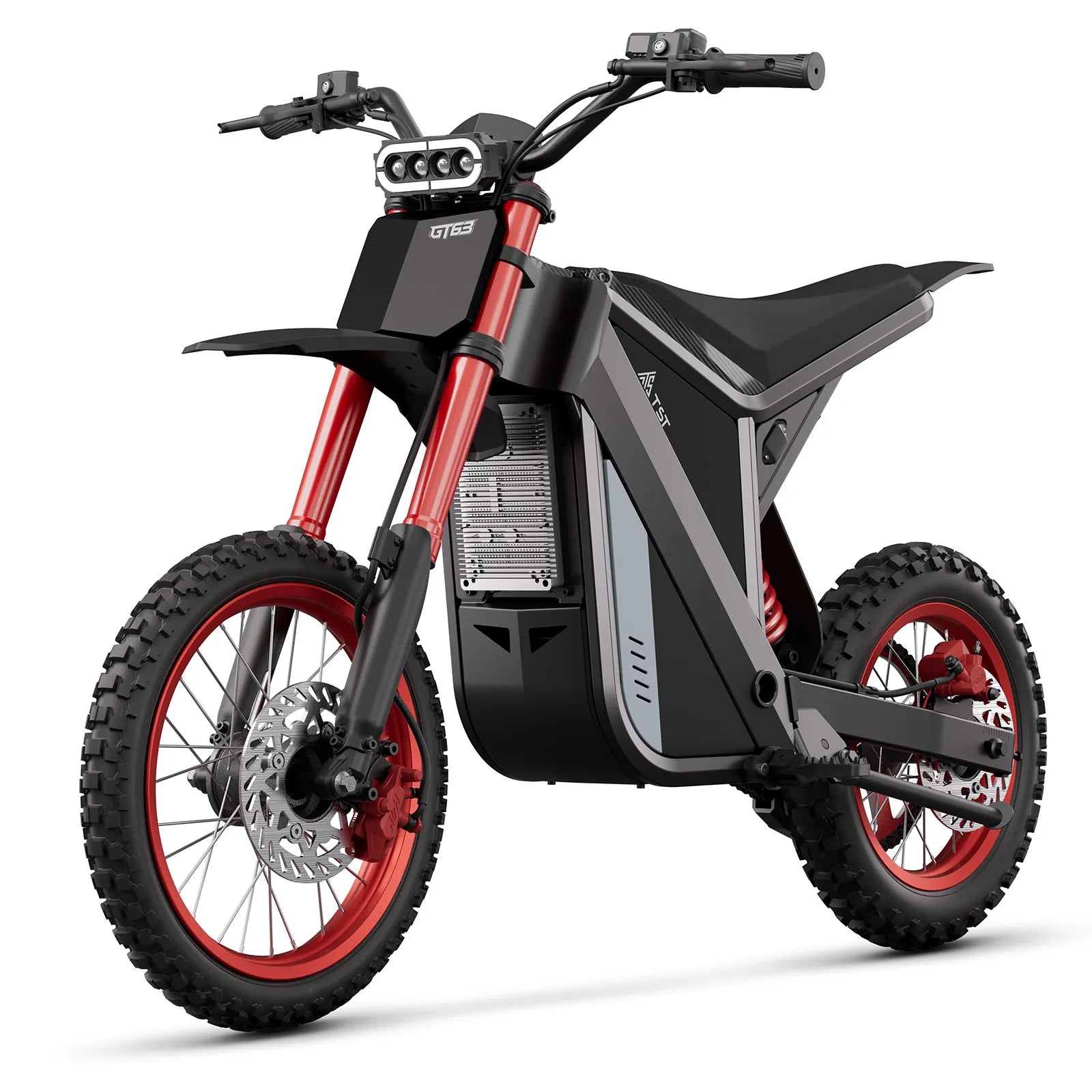
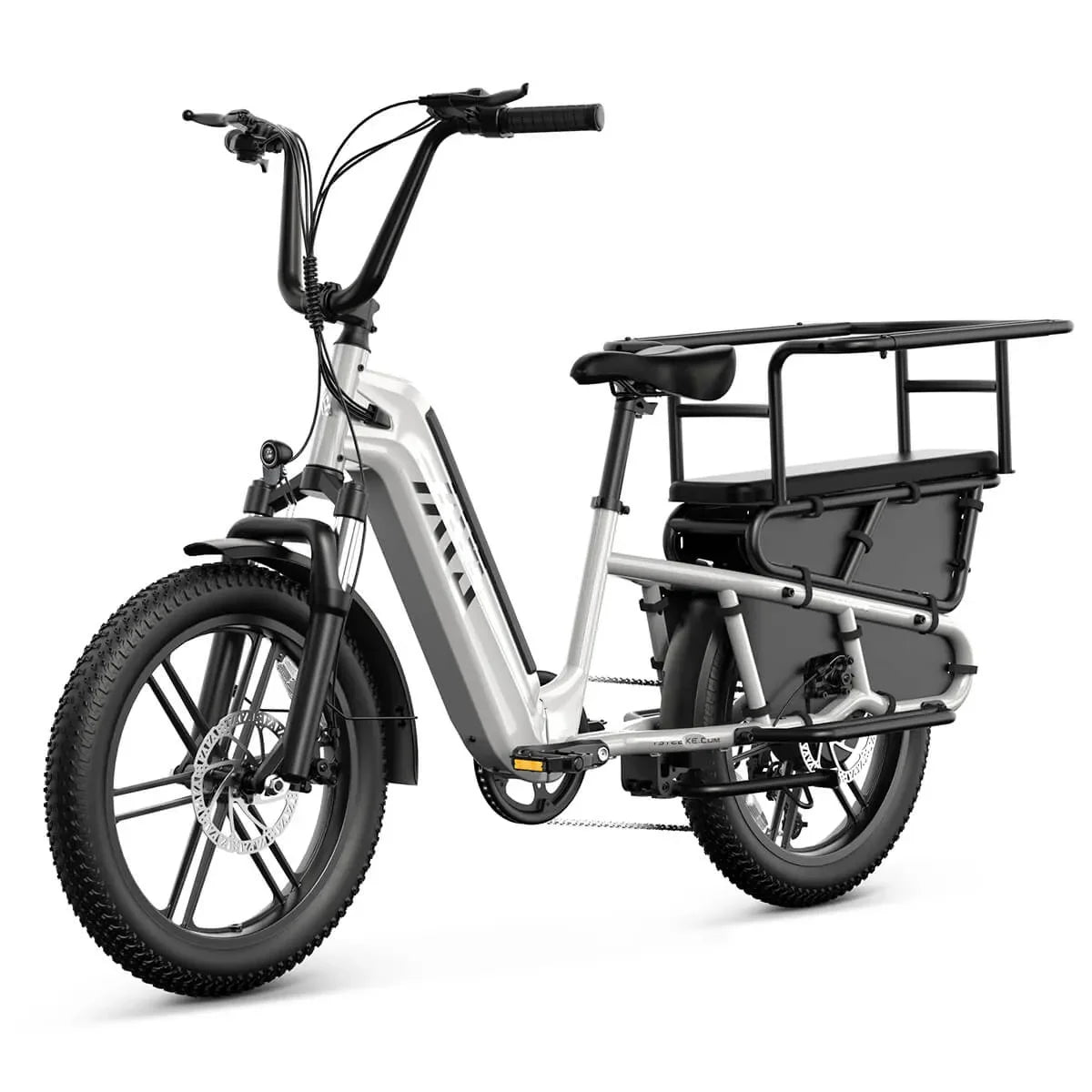
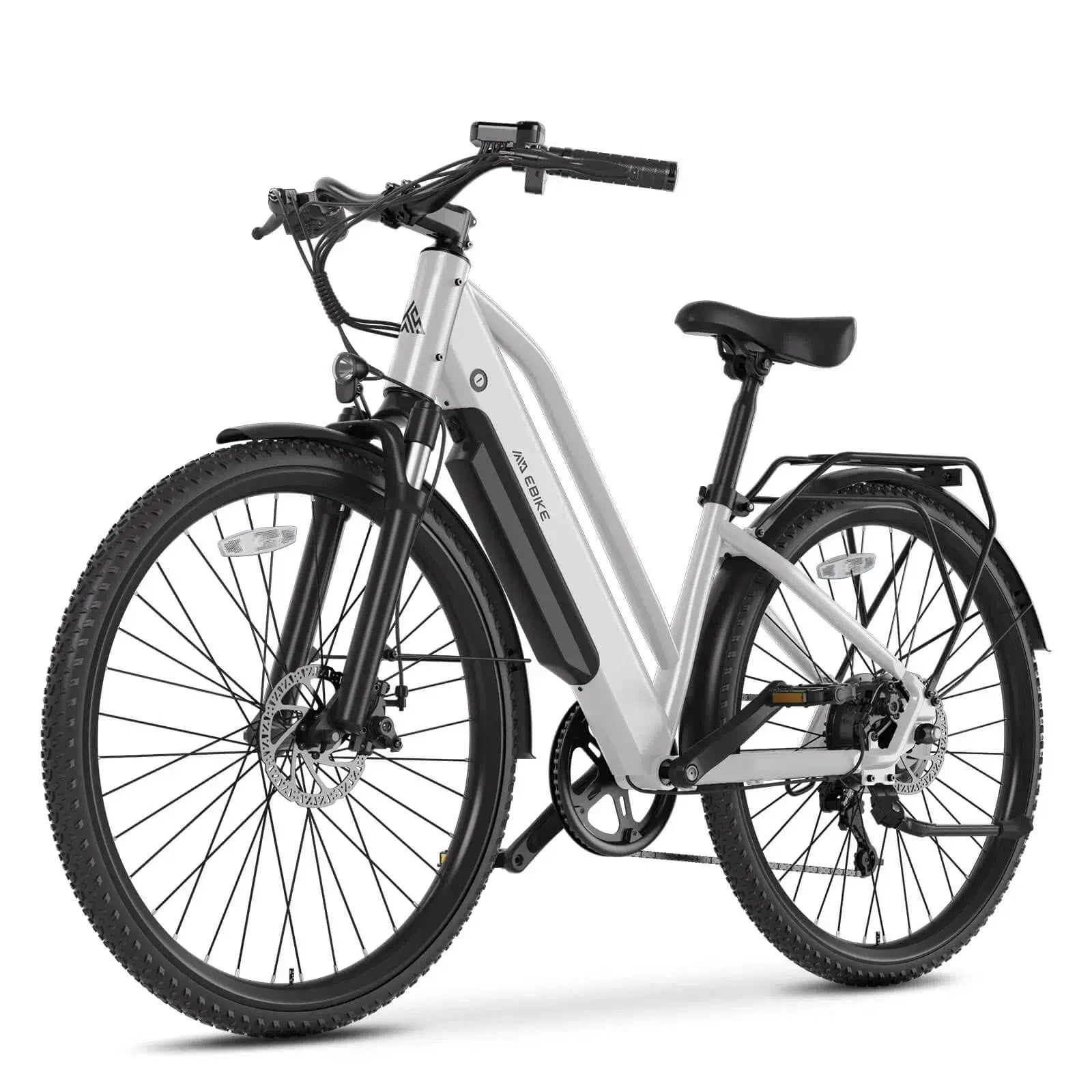
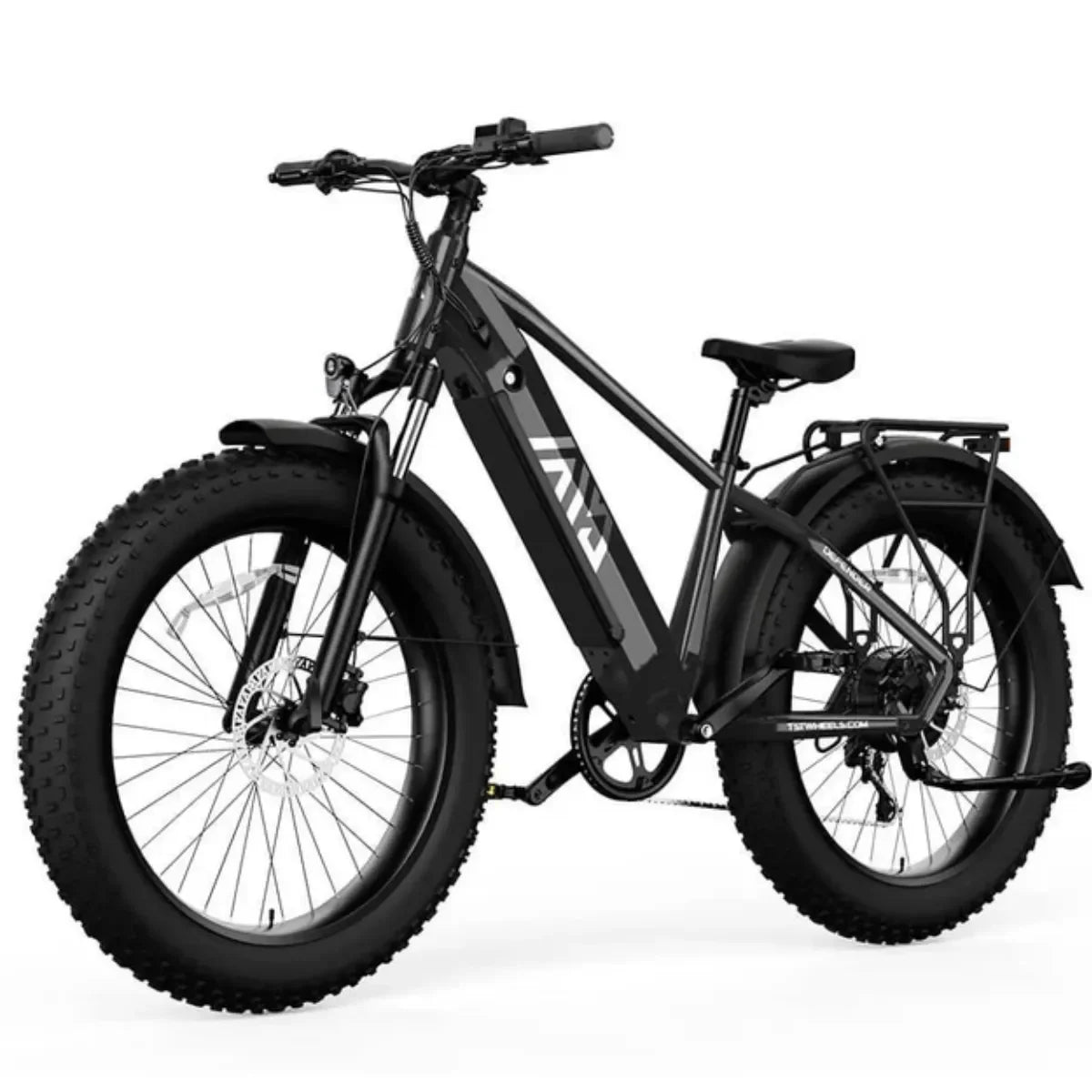
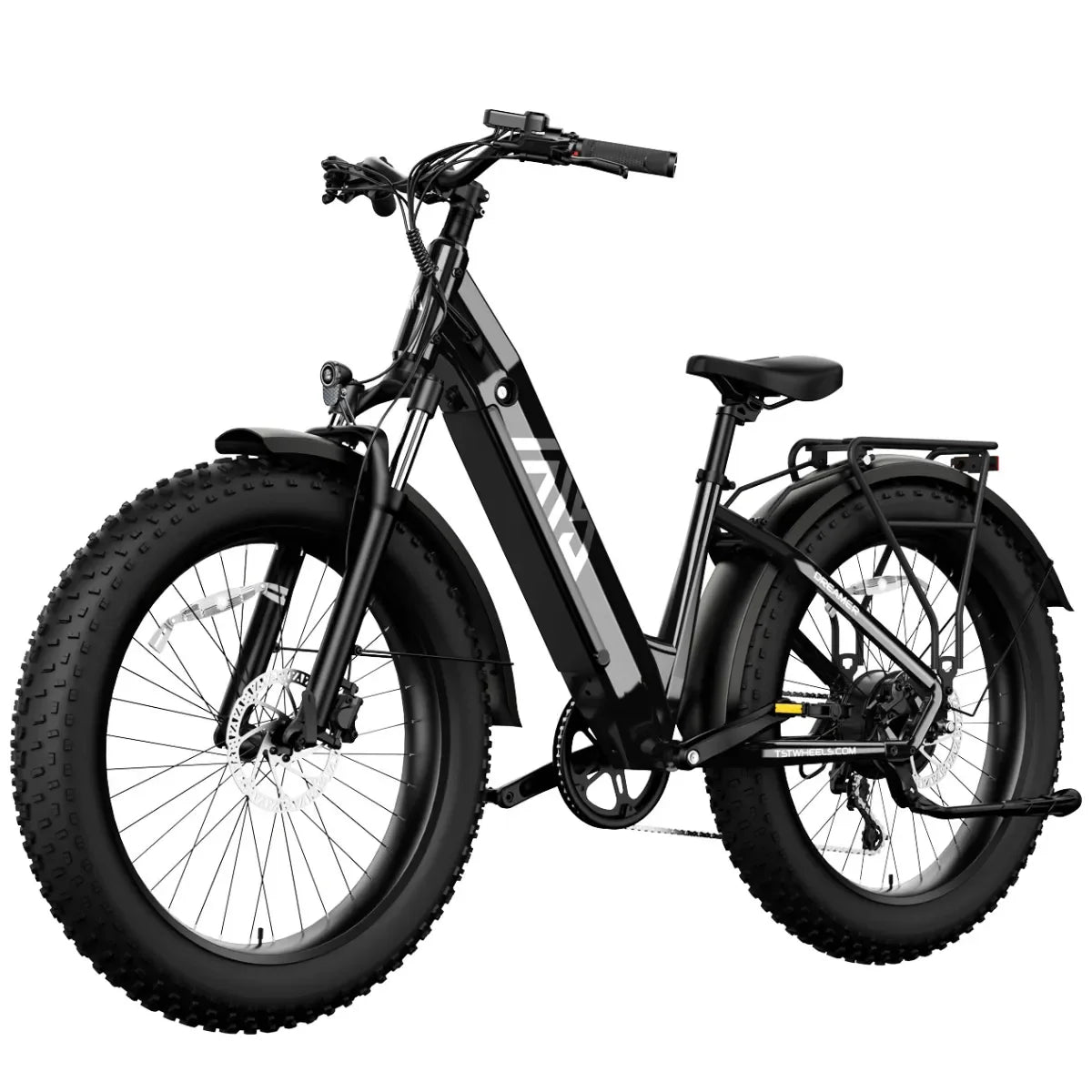
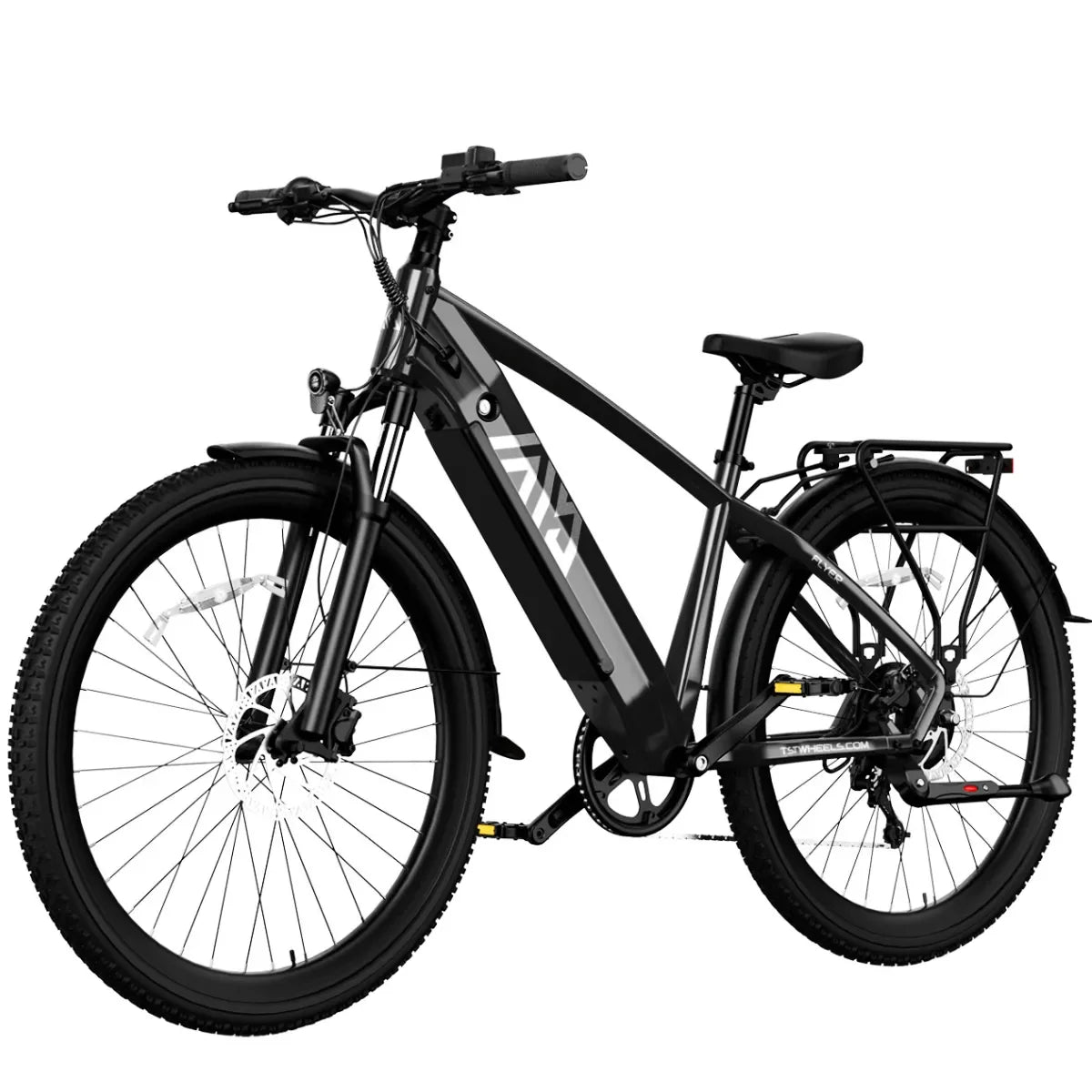
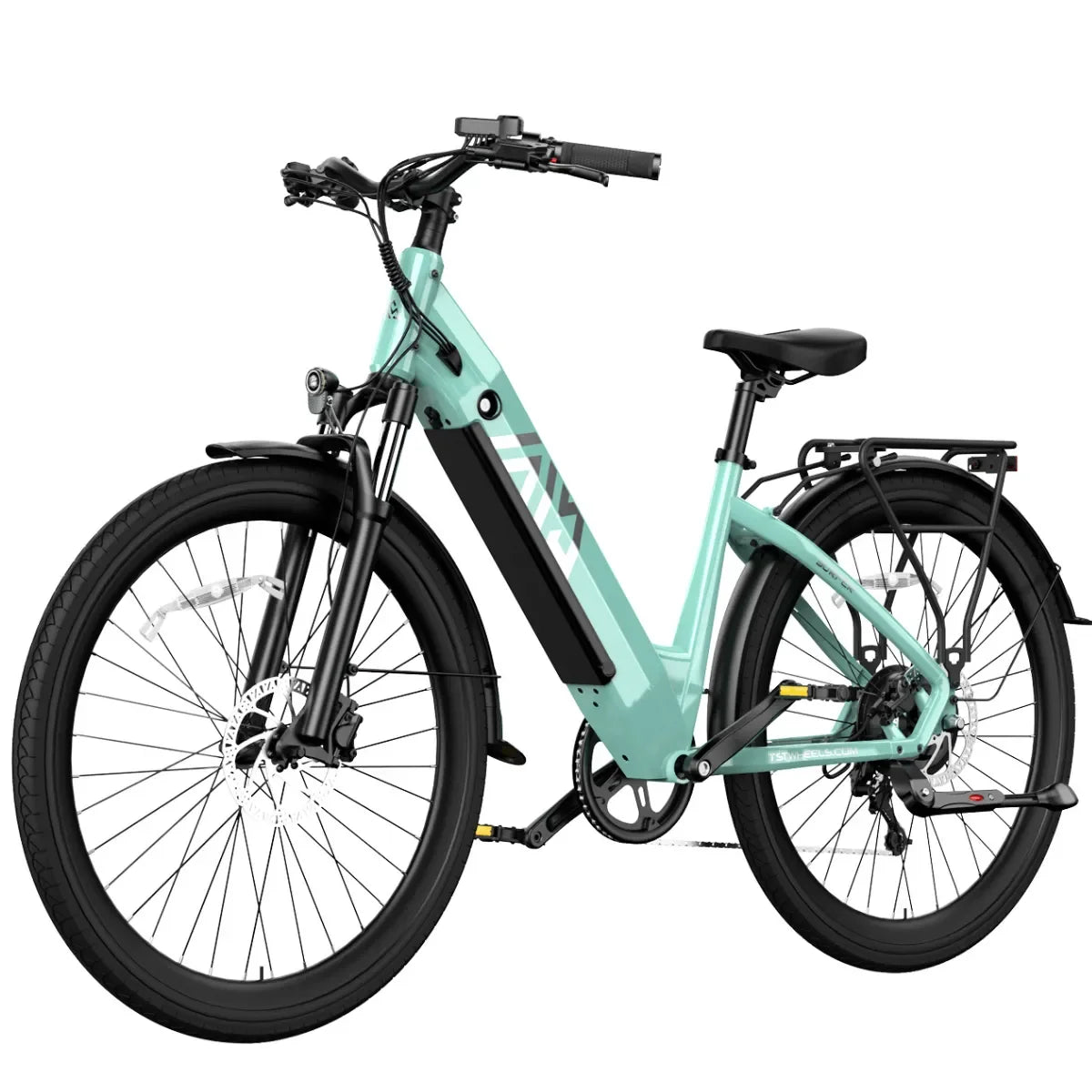
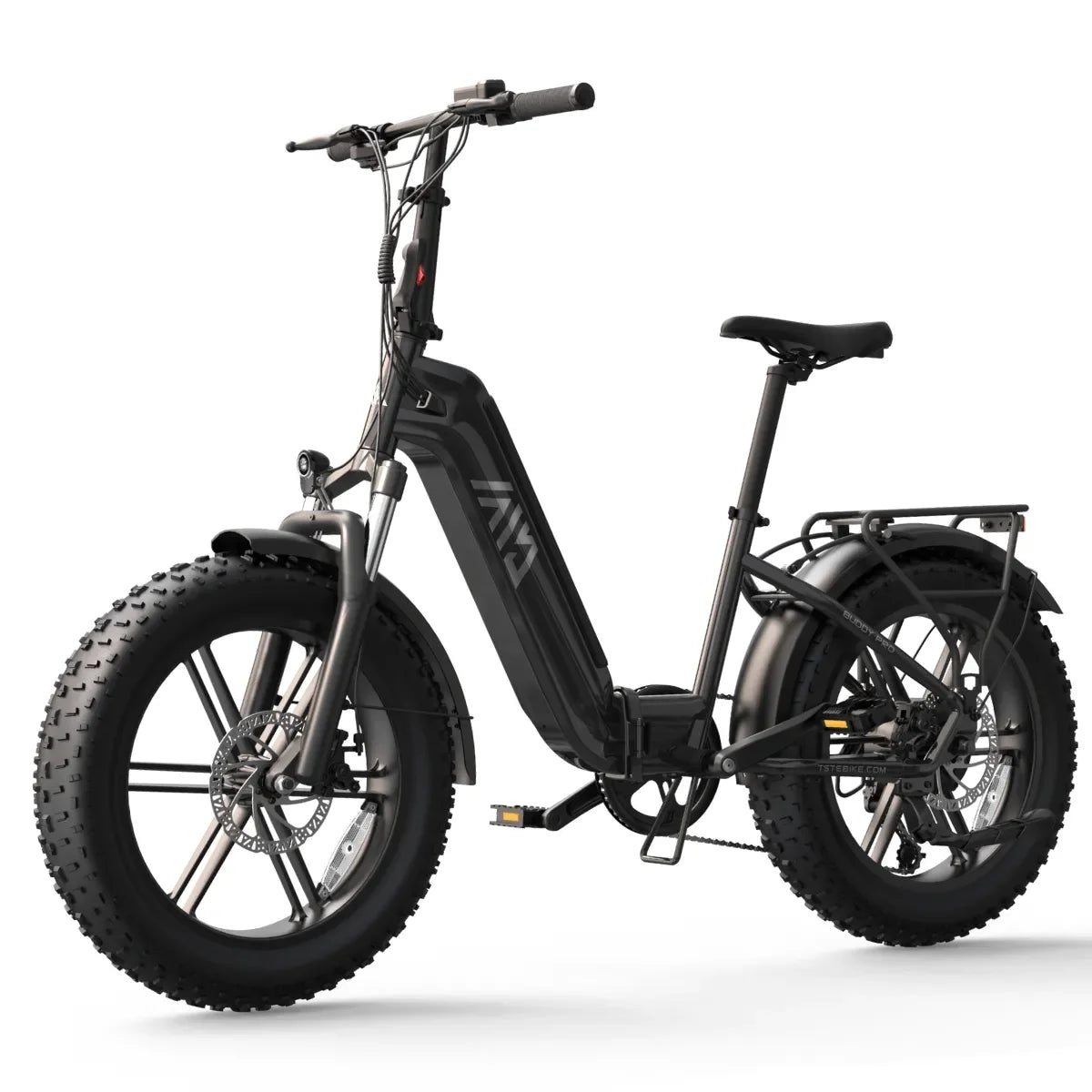
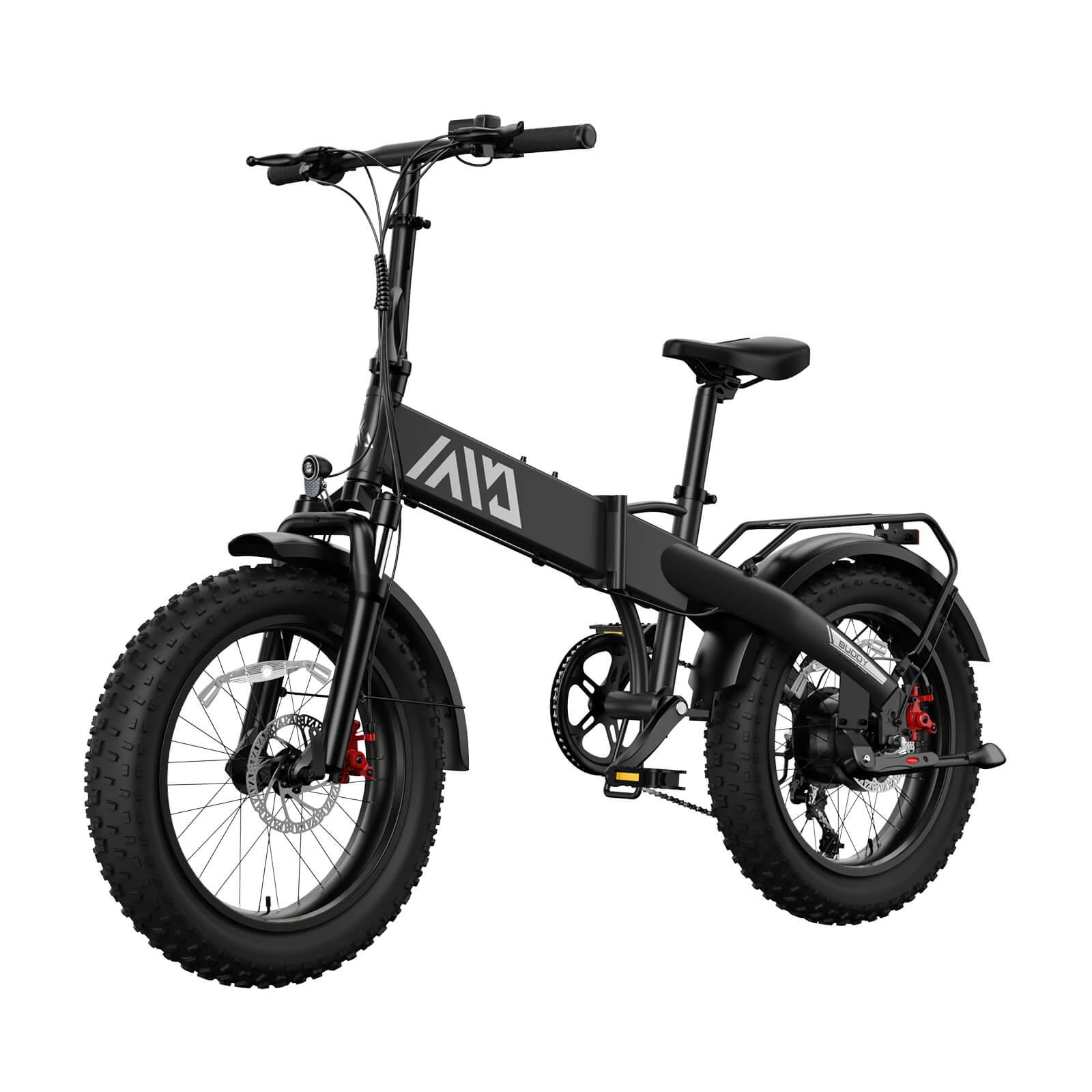
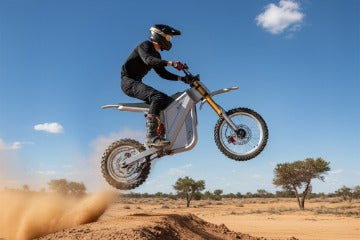
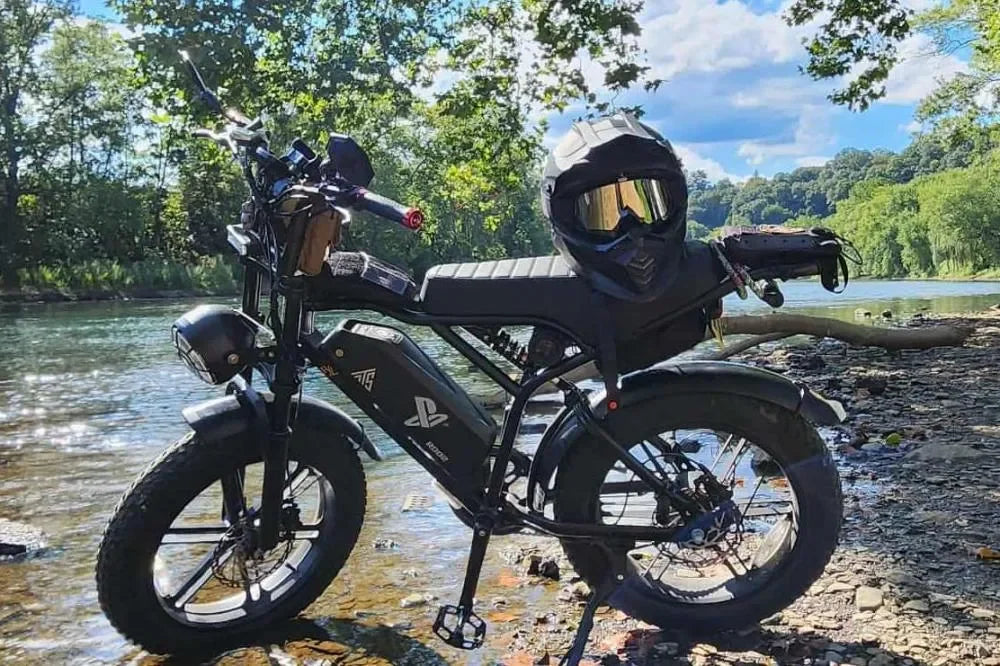
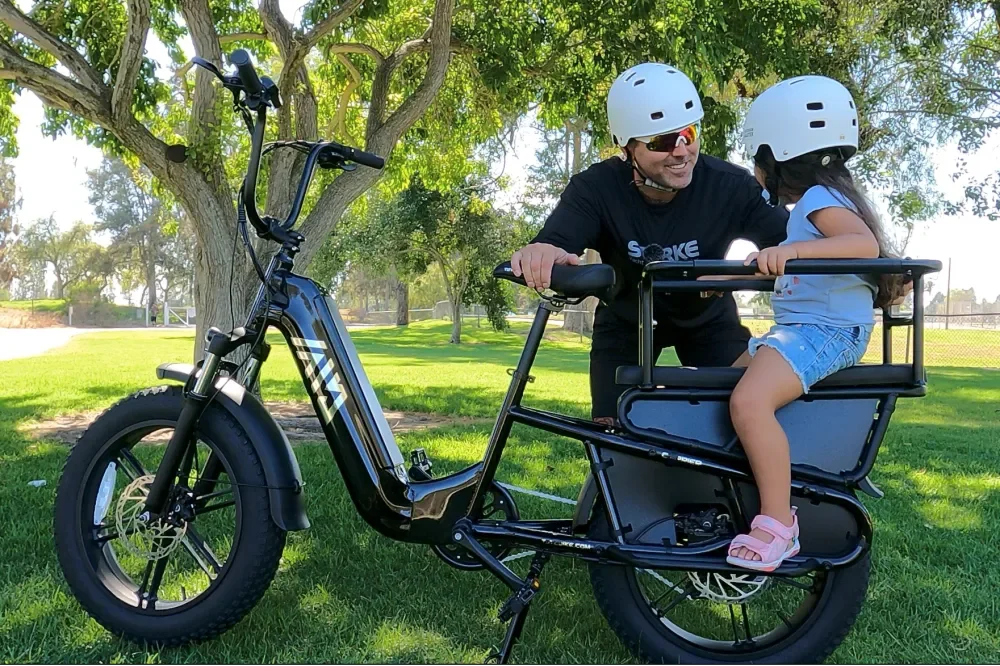

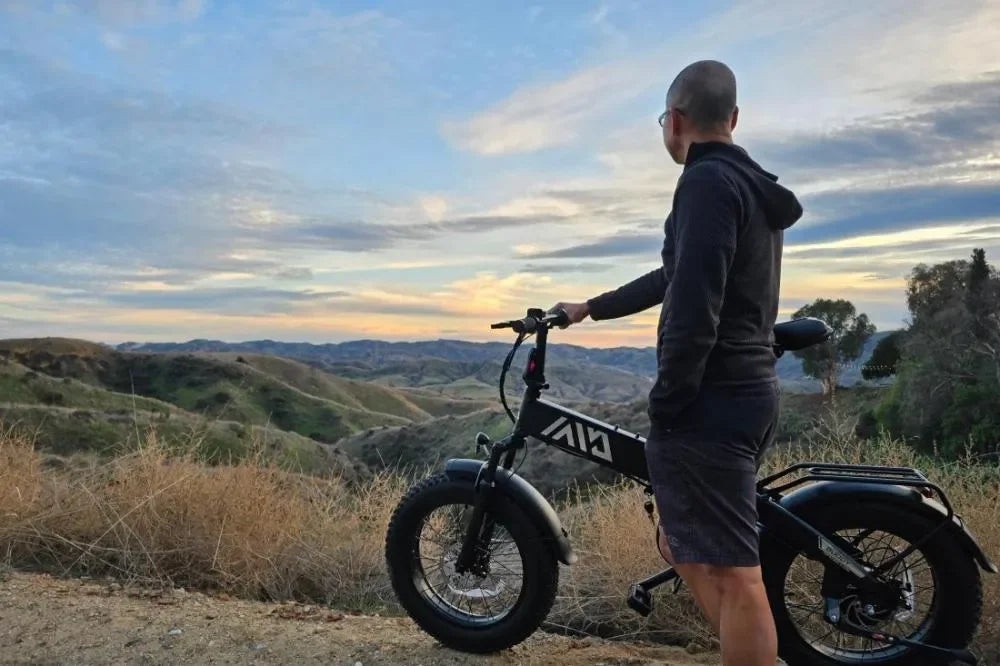
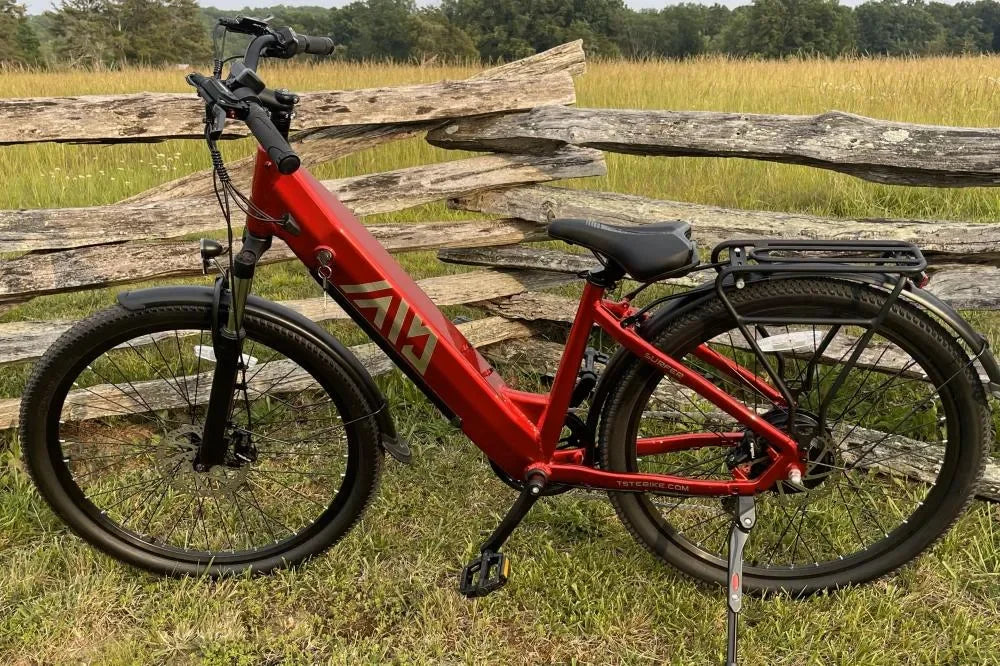
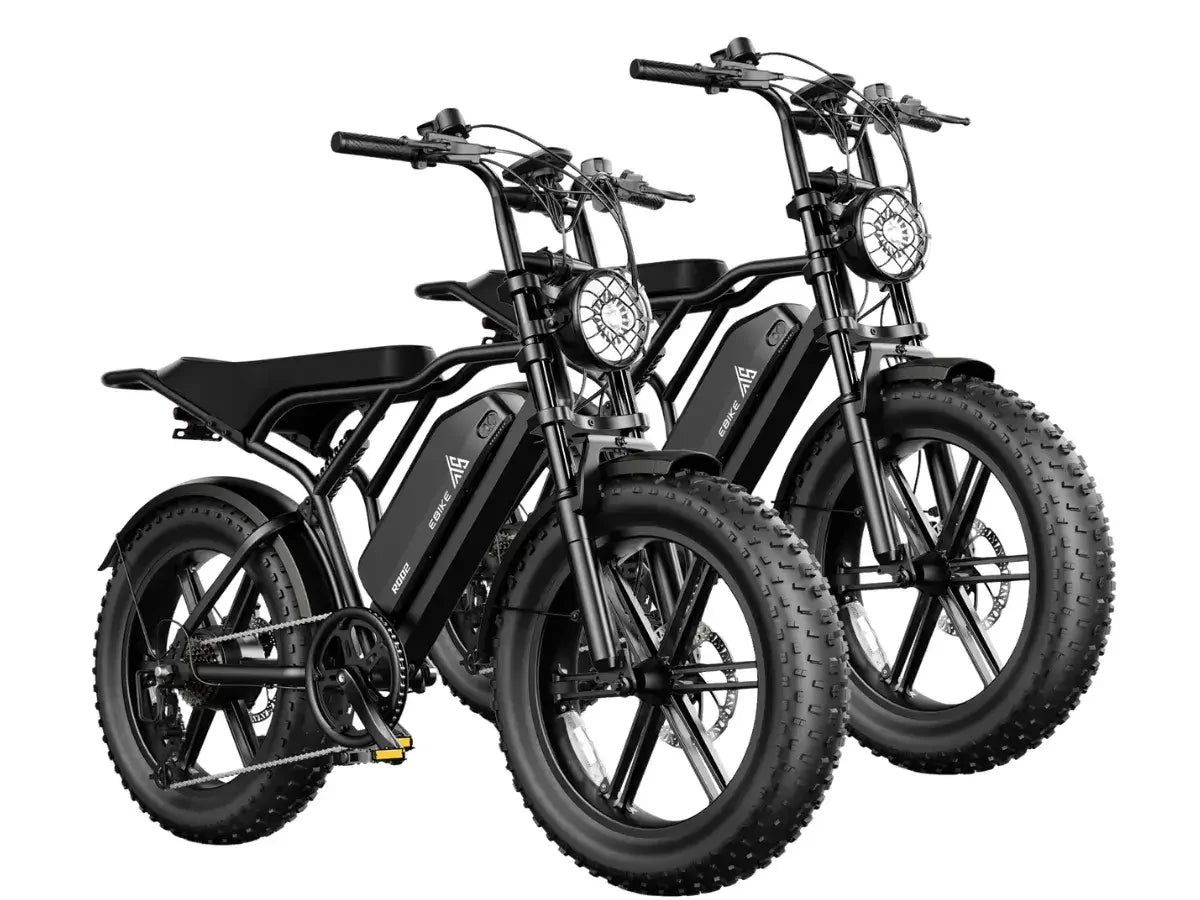
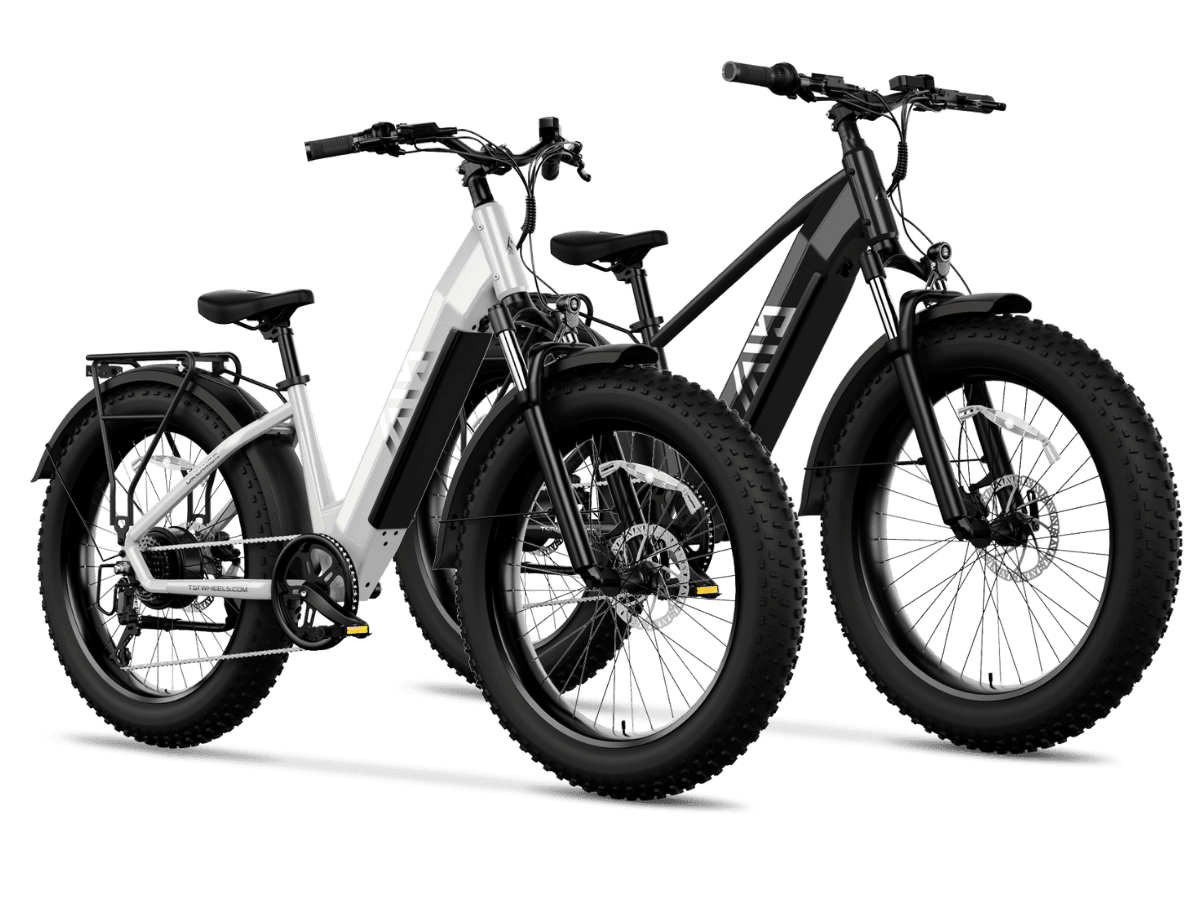
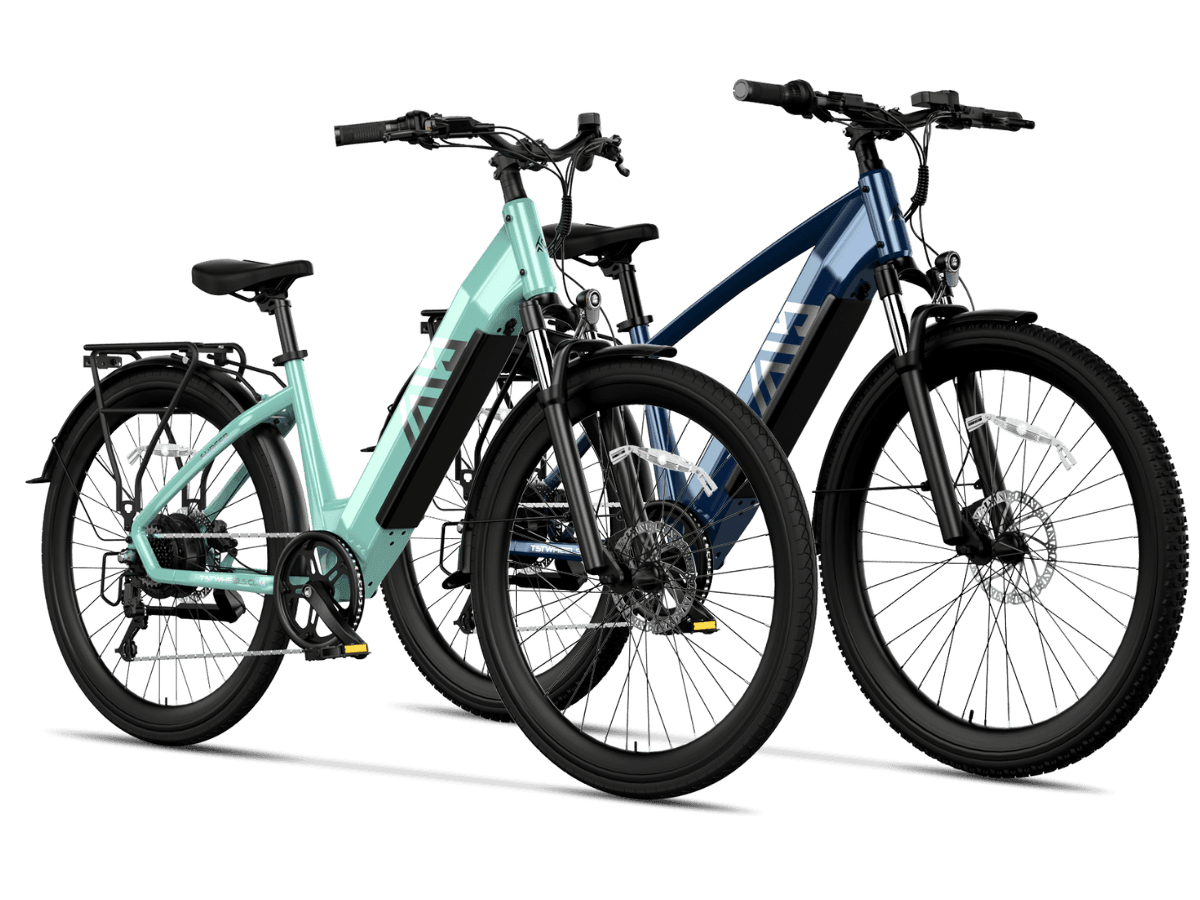
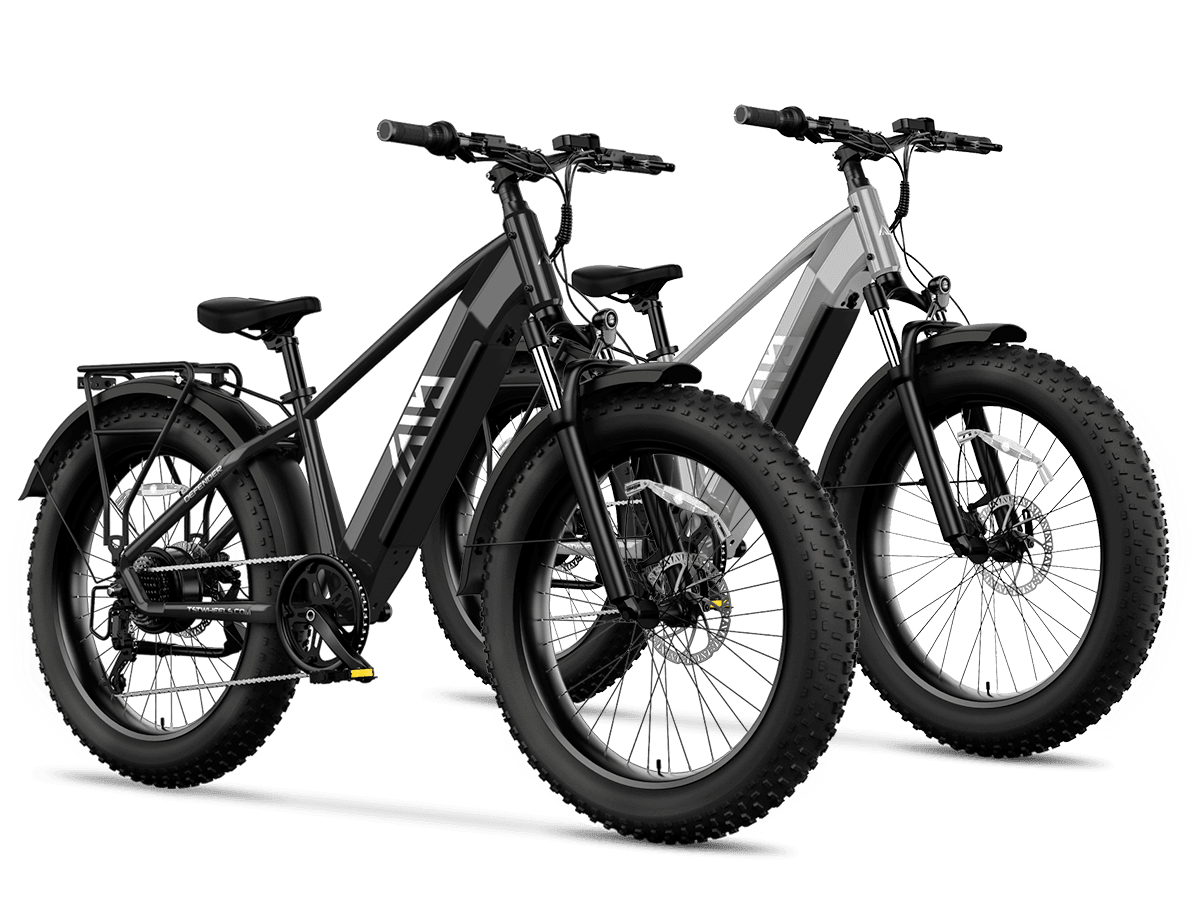
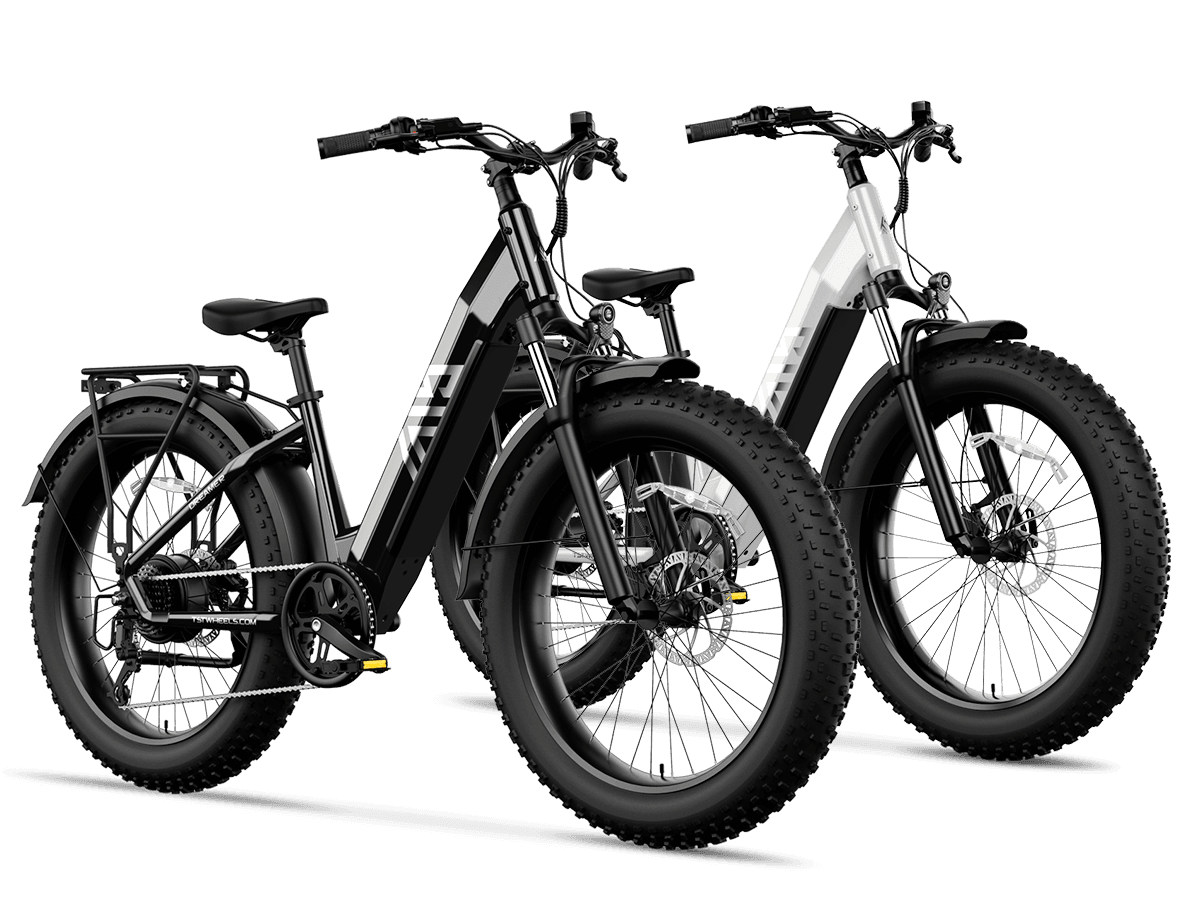
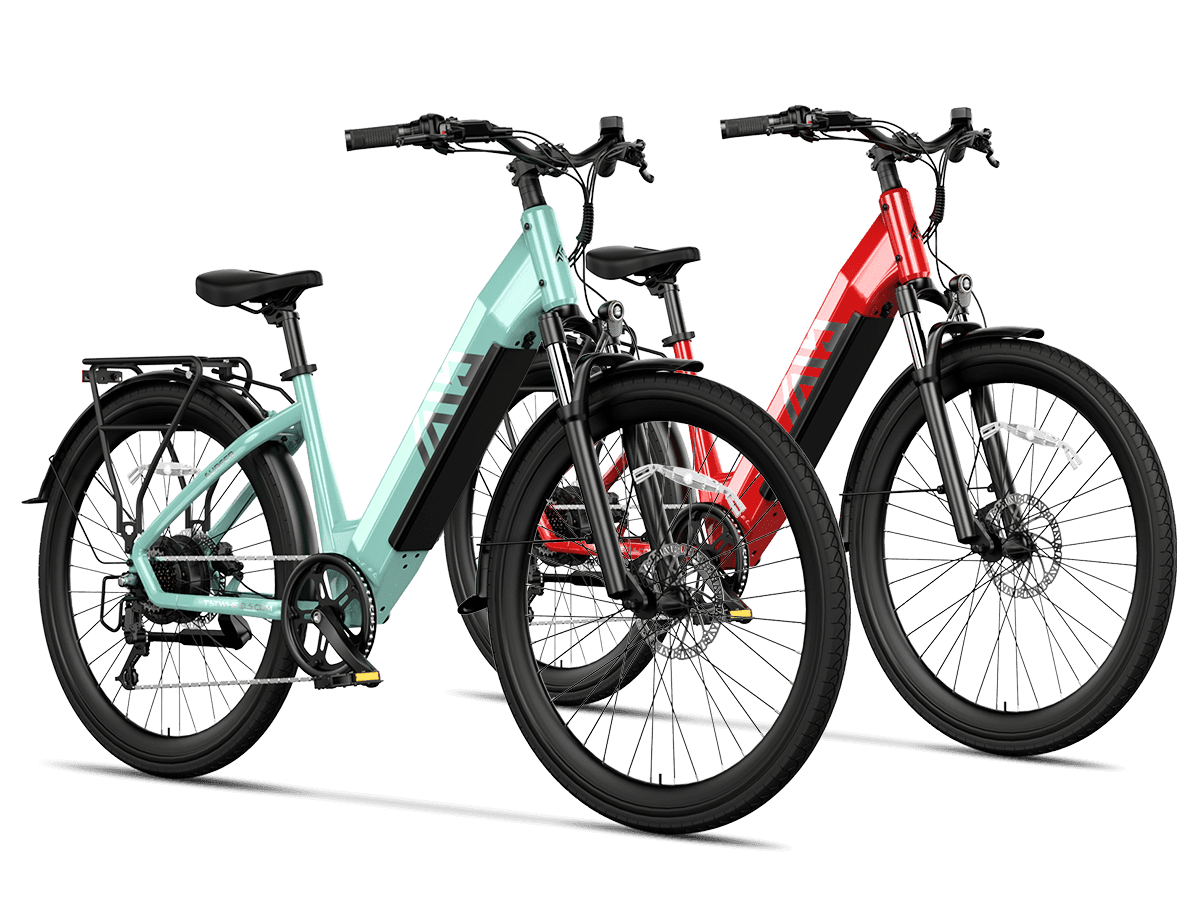
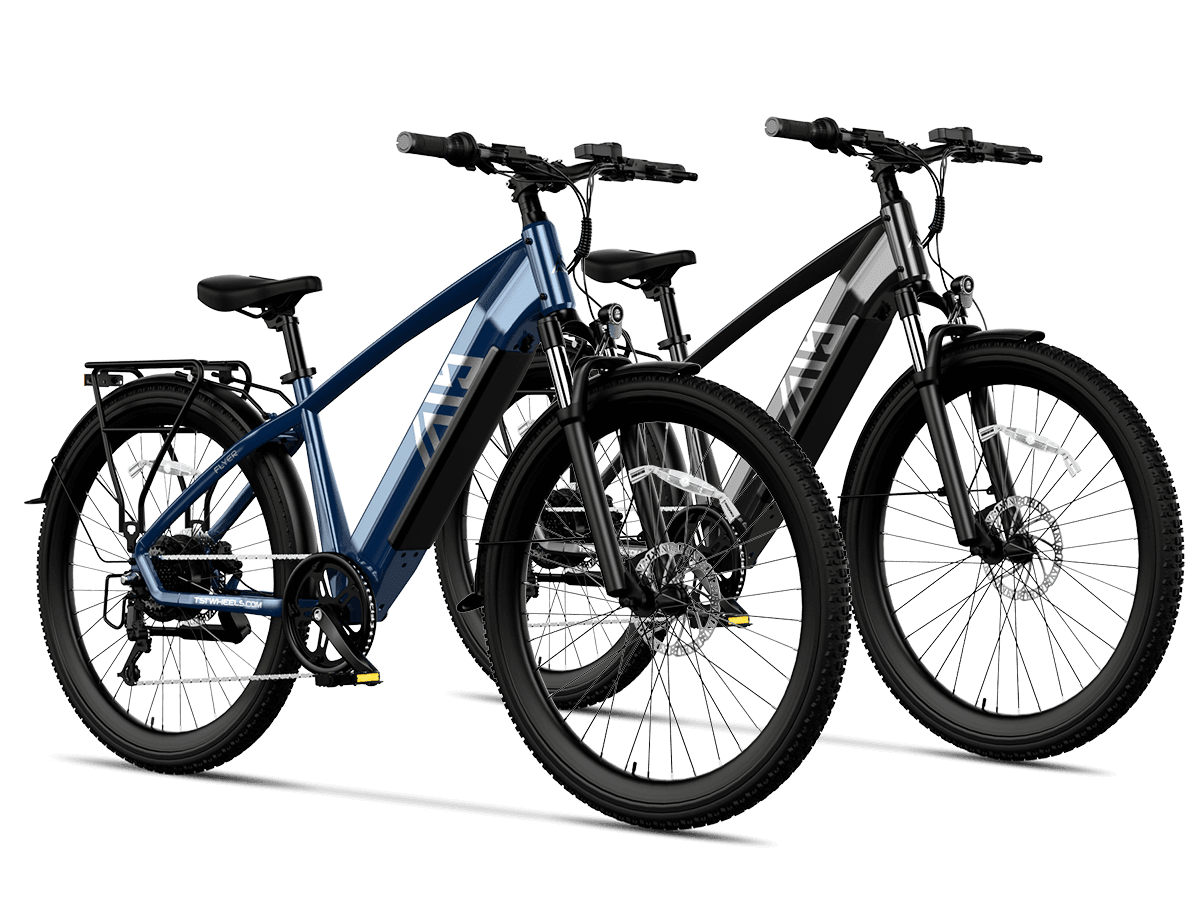
Leave a comment
This site is protected by hCaptcha and the hCaptcha Privacy Policy and Terms of Service apply.